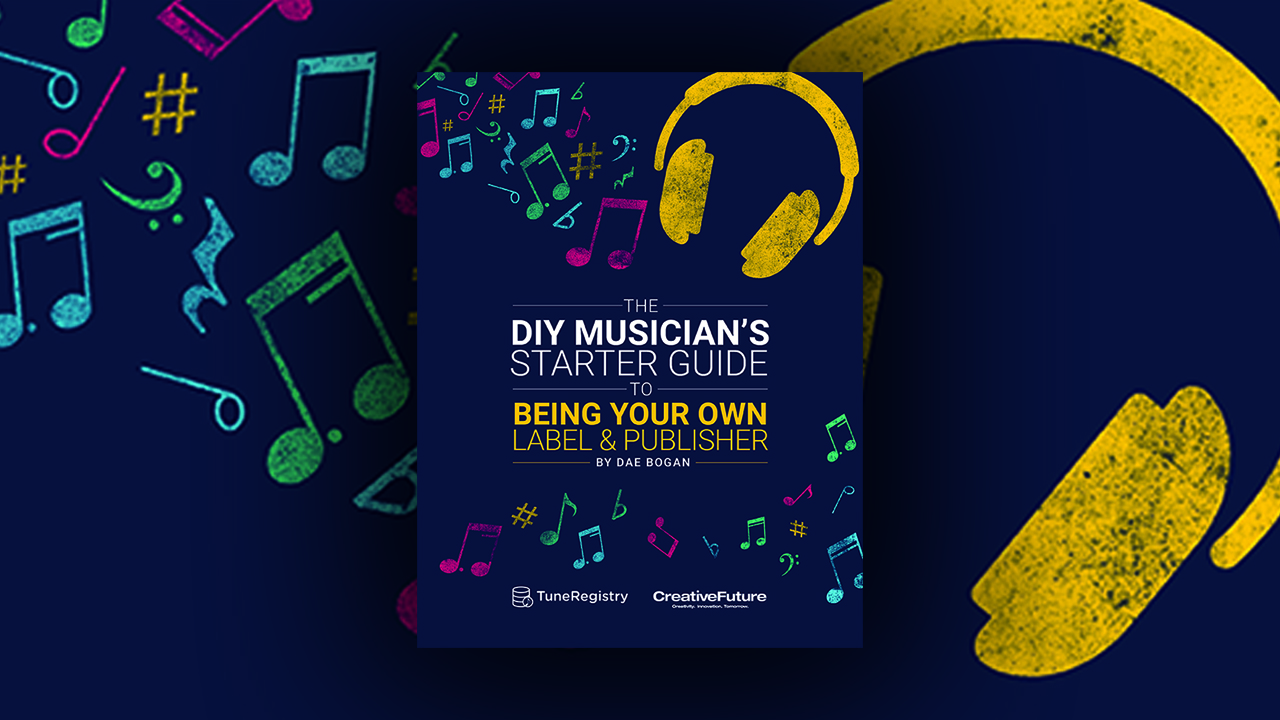Dae Bogan, Along With Marcus Cobb, Interviewed By Music Business Association

Music payment and workflow management startup Jammber has developed a series of mobile apps that helps artists eliminate guesswork from the process of recording music ownership, allowing them to focus on doing what they love: writing music. Last month, Jammber announced that it had acquired TuneRegistry, a move that would establish Jammber as a full-service solution for creatives to both report music ownership and manage rights administration. We sat down with Jammber CEO Marcus Cobb and the company’s newly appointed SVP of Global Music Rights, TuneRegistry co-founder and CEO Dae Bogan, to discuss the acquisition and what it means for both the future of the company and the industry.
Music Biz: Congratulations on the exciting acquisition! What inspired this move to unite Jammber and TuneRegistry’s offerings?
DB: Thank you! My co-founders, Kara McGehee and Shane Zilinskas, and I have been actively looking to bring our music rights administration platform into an environment where our strength in works registrations, copyright research, and managing relationships with music rights organizations could be complementary to a broader suite of services aimed to empower DIY musicians and small to medium sized rights-holders. We’ve been big fans of Jammber for several years now and recently Jammber became an Enterprise client of TuneRegistry. We took that opportunity to learn more about Marcus’ long-term vision for Jammber and all parties realized that our visions were quite aligned, so why not our products!
MC: There are three key steps to getting paid for your music: keeping track of the songs you work on and everyone you collaborate with; registering those songs, collaborations and ownership amounts; and finally collecting payment. TuneRegistry has spent the last five years perfecting the registration process with a focus on allowing publishers, distributors and creatives to easily register their songs across North America. By adding that service to the Jammber suite we’re able to bring payments closer to the creative process which in turn makes them more accurate and faster. That is the holy grail of music metadata and has the power to change so many lives.
Music Biz: How do creatives stand to benefit from adding TuneRegistry’s skillset to Jammber’s DIY platform?
DB: What Jammber does well is to get in at the onset of the creative process to help creators to start capturing the necessary metadata that would be later required to properly protect and administer rights. Jammber is there early enough to encourage creators to think about the ownership splits and rights surrounding their musical project. What TuneRegistry does well is to simplify and streamline the rights administration process. It is a natural hand-off from Jammber to TuneRegistry that we’re working to make as seamless as possible in the creation-to-administration workflow.
MC: Exactly. It’s about simplifying the complexities of getting paid and credit in this industry. Dae is a foremost expert in song registrations and administration. There are splits apps and song registration platforms and payment platforms that already exist. But the only way to really make it as simple as possible is to bring everything together into a seamless experience for creatives. In order to make something simple you have to understand the complexities enough to know what can be taken away or changed. Having the TR team on board expedites our learning process.
Read the full interview here.







